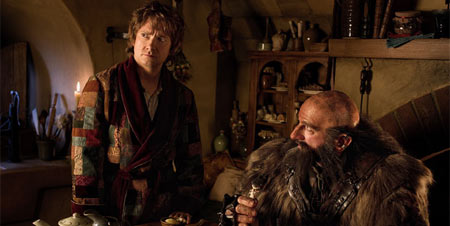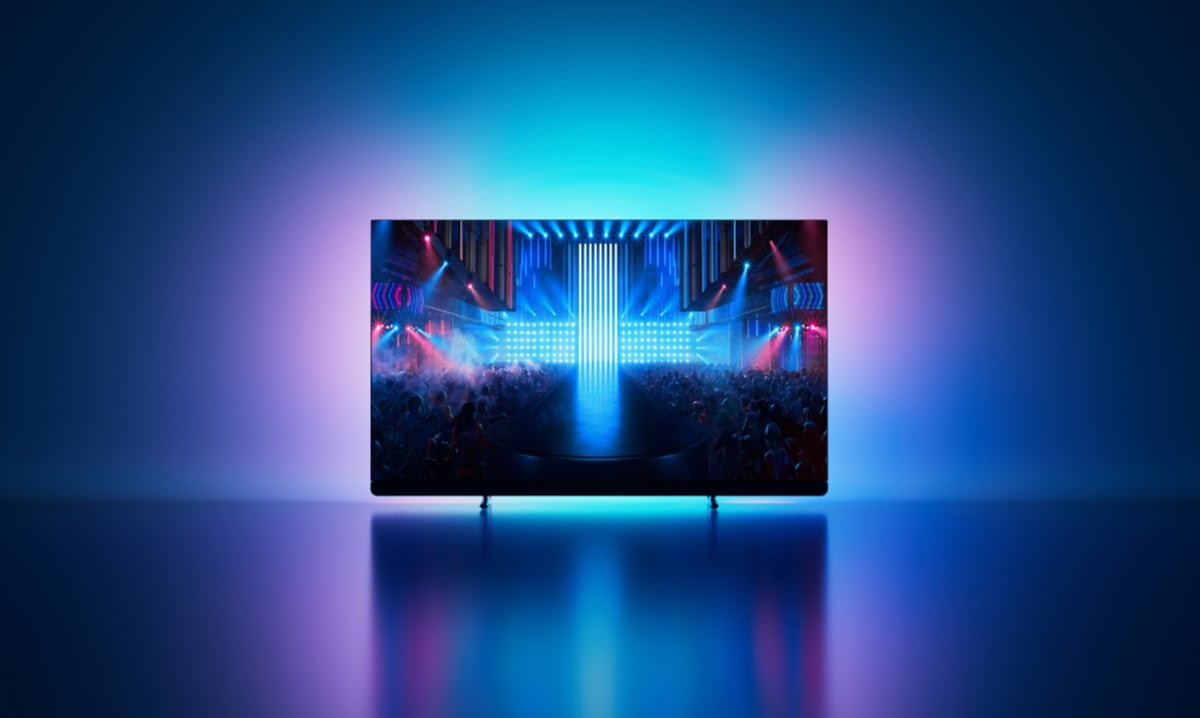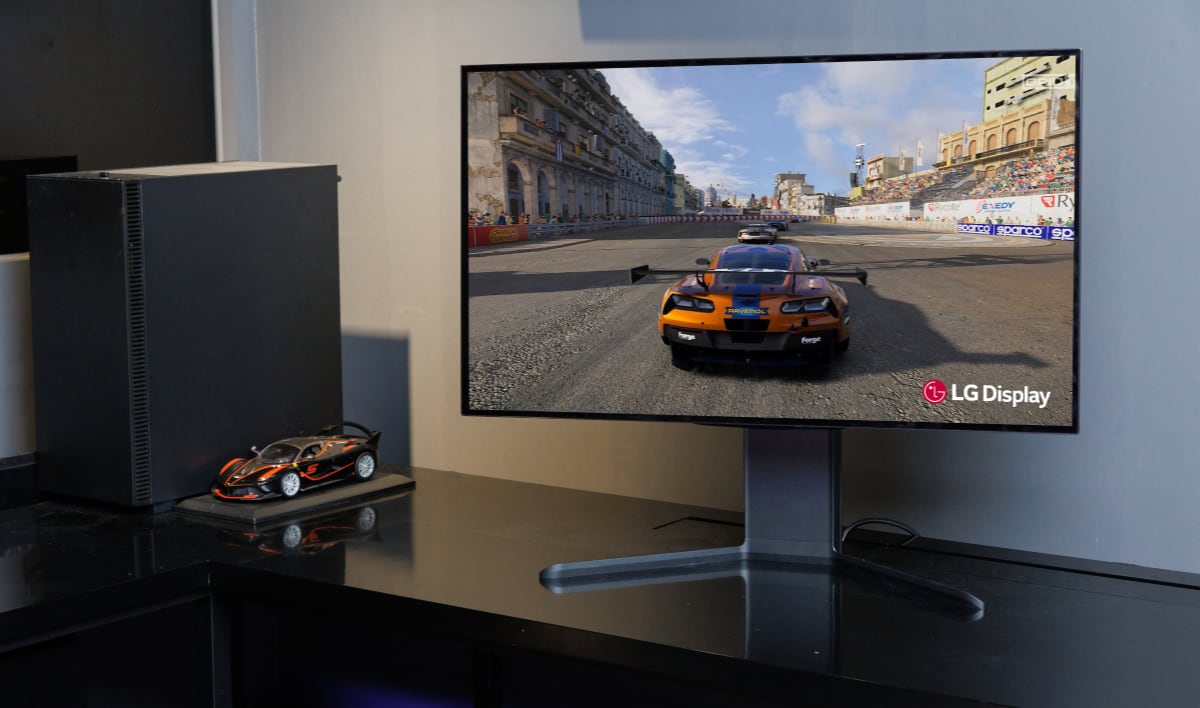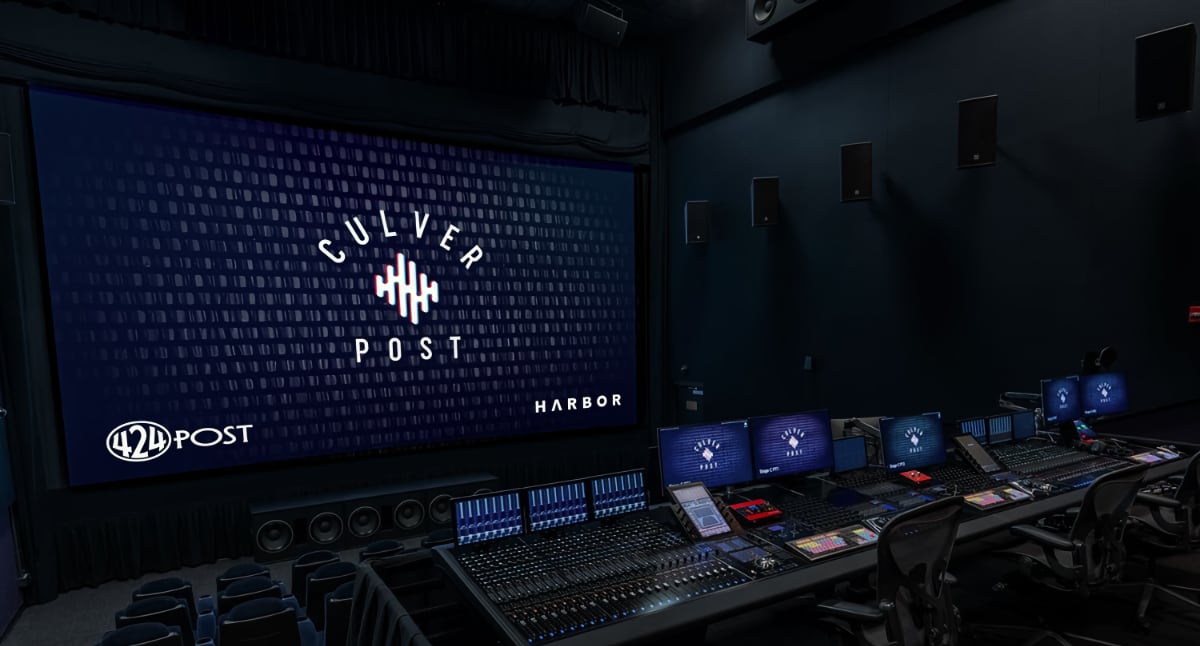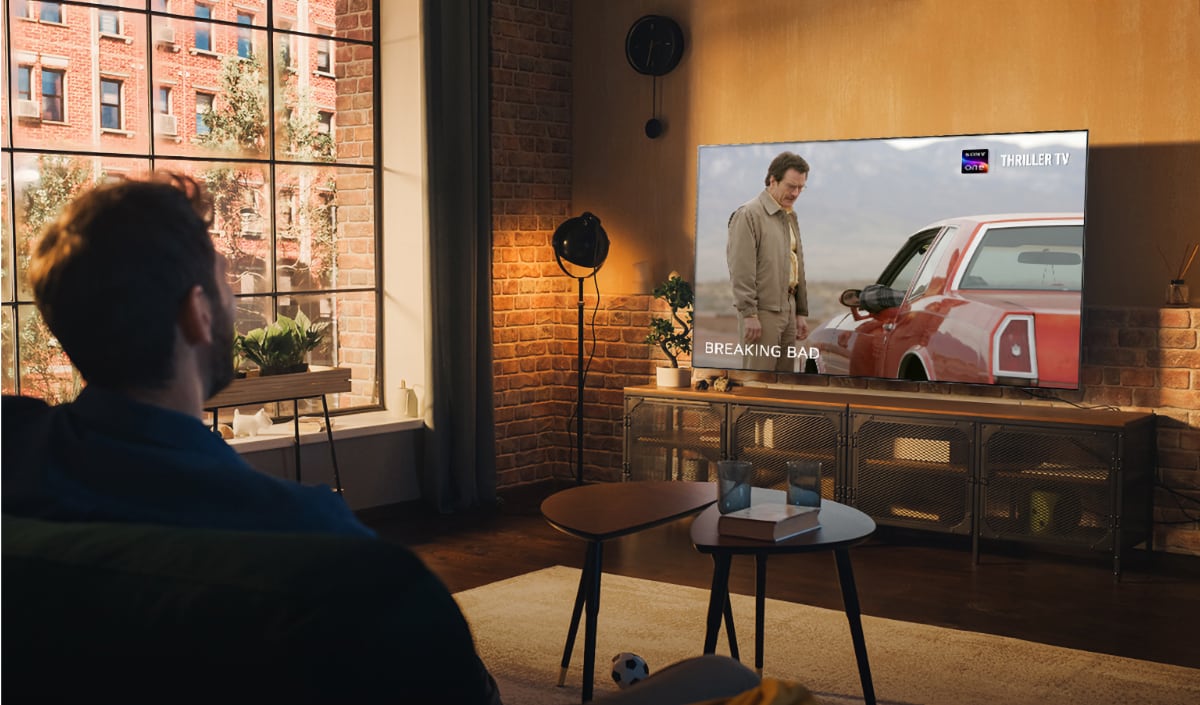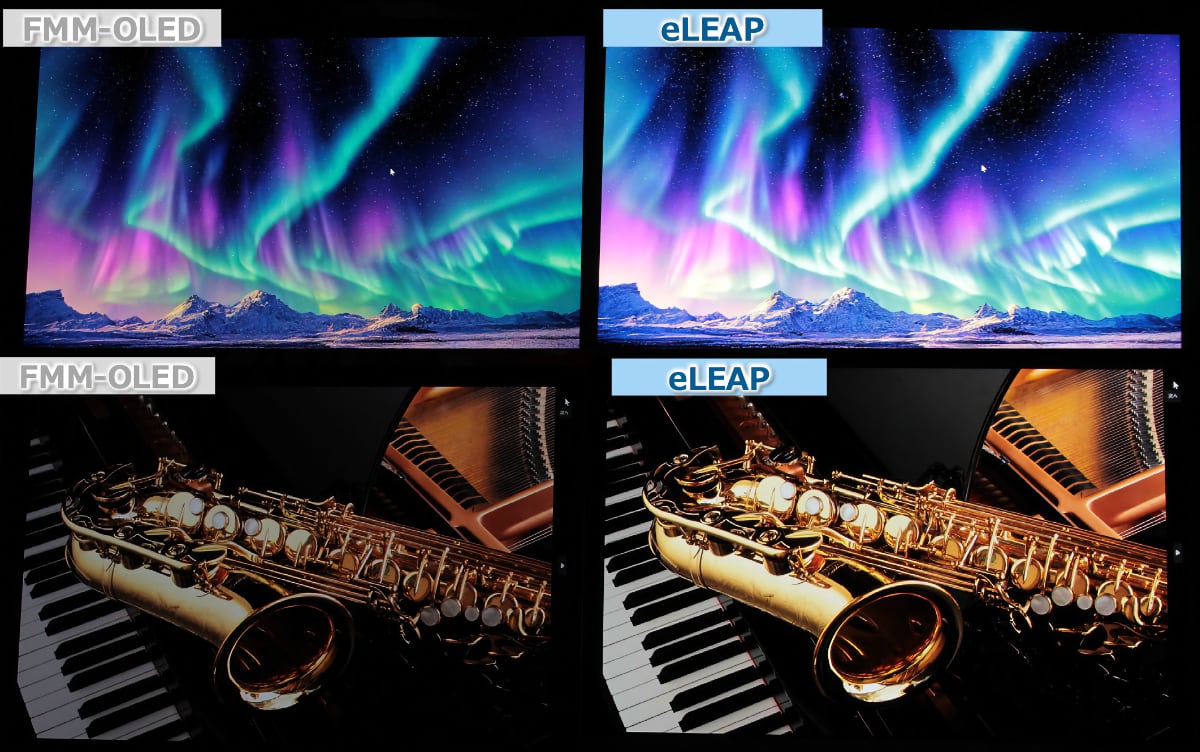The Hobbit had a world premiere in New Zealand yesterday. It is the first movie to utilize HFR (high frame rate) that will lead to a new era in movies. The Hobbit is pure film magic. FlatpanelsHD explains the HFR technology.
The Hobbit is film magic
The Hobbit is exciting. Not just because it follows in the footsteps of The Lord of the Rings trilogy but also because it pushes the movie industry into a new era.
The Hobbit is the first movie recorded in 48 frames per second instead of 24 frames per second. It is also recorded in higher resolution and in 3D with 48 frames per second for each eye which should improve the clarity and motion detail in 3D picture significantly.
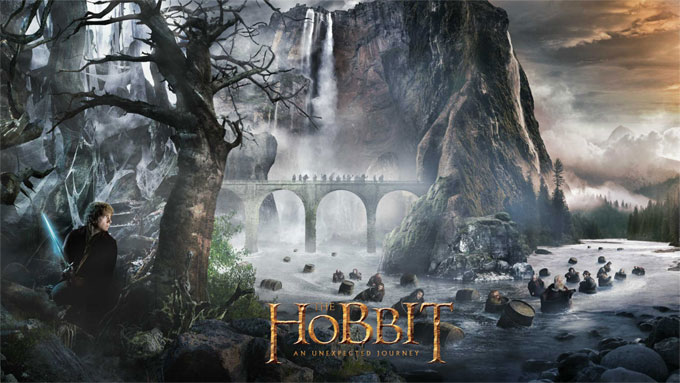
The Hobbit is the first movie to be shot in 48 pictures per second
The Hobbit already boasts a 9.3 rating on IMDB, which means it is – as of this writing – the highest rated movie of all times – but it is obviously too easy to say anything definite.
The premiere in New Zealand also marked the premiere of the new RealD 3DHFR system. FlatpanelsHD tells you more about how it works and how movie theatres have been upgraded to take advantage of the new format below.
What's new?
Since the late 1920s the film illusion has been created with 24 different images every second. The choice was made from both a technical and economical perspective but after almost 90 years the technical perspective has changed. Later, movie theatres started to double the 24 images per second to 48 frames per second by showing each image twice. Still, only 24 images existed in the movie format.
Over the years, some directors and cinematographers have felt the limitation of 24 fps and the first experiment with 30 fps happened in 1958. Later, in the 1990s, a series of tests with higher frame rate movies were conducted but the costs were too high. Now, the digital revolution has made it possible to move beyond 24 fps in all parts of the movie chain – from cameras to displays.
Why HFR?
The technology is called HFR (High Frame Rate) and can create a sharper, more vibrant picture, especially when the camera moves or pans, as well as in fast action. The experience is significantly different and takes some getting used to but can make movies almost as real as real life.
It has a major effect on both 2D and 3D and because especially 3D has been limited by the 24 fps age, Peter Jackson is eager to show you what he has prepared. Peter Jackson has said on numerous occasions that the 3D HFR experience is nothing less than fantastic.
It's not just The Hobbit trilogy that will be shot in the new HFR format. James Cameron has also announced his plans to produce "Avatar 2" and "Avatar 3" in HFR – possibly even in 60 fps.
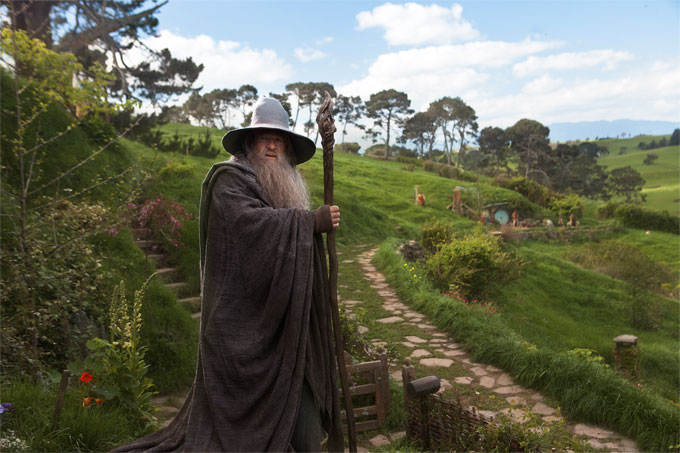
The Hobbit is the first movie to be shot in 48 pictures per second
The technology: RealD 3D/HFR
RealD has been involved in the technology behind the new 3D movies. To create a multidimensional effect two separate images are needed – one for each eye – right and left. The brain then combines the two images to create a 3D effect – just like in real life.
In movie theatres two different projector systems are used (typically). One is the DLP projectors that alternate between the two images for the left and right eye. A standard 2D movie run in 24 fps and a standard 3D movie run in 48 fps (24 images for each eye). Each of the 24 images is projected three times, often called “triple flash”. Standard 3D movies at 24 fps are instead projected in 144 flashes per second (48 images x triple flash = 144 flashed per second).
The Hobbit is different as it is recorded in 48 fps in 2D. The 3D version uses 96 fps; 48 fps for each eye. Each of the 48 images is projected twice. A 3D movie in 48 fps is therefore projected with 192 flashes per second (96 images x 2 flash = 192 flashes per second). In order to create different images for each eye the DLP projectors use the RealD XL system with that alternates very quickly between the left and right images sequentially. The shift takes around 400 microseconds. This system can handle up to 240 flashes per second and therefore run every HFR movie.
Other movie theatres use Sony projectors that instead rely on the RealD XLS system. RealD XLS projectors use two lenses – one for each eye. The images for the left and right eye, respectively, are projected onto the movie canvas simultaneously (and not sequentially). RealD XLS has no upper limit when it comes to HFR. RealD XLS has been developed in collaboration with Sony.
If you want to learn more about filming and the technology see our previous article here.
- Source: Cinemaxx

